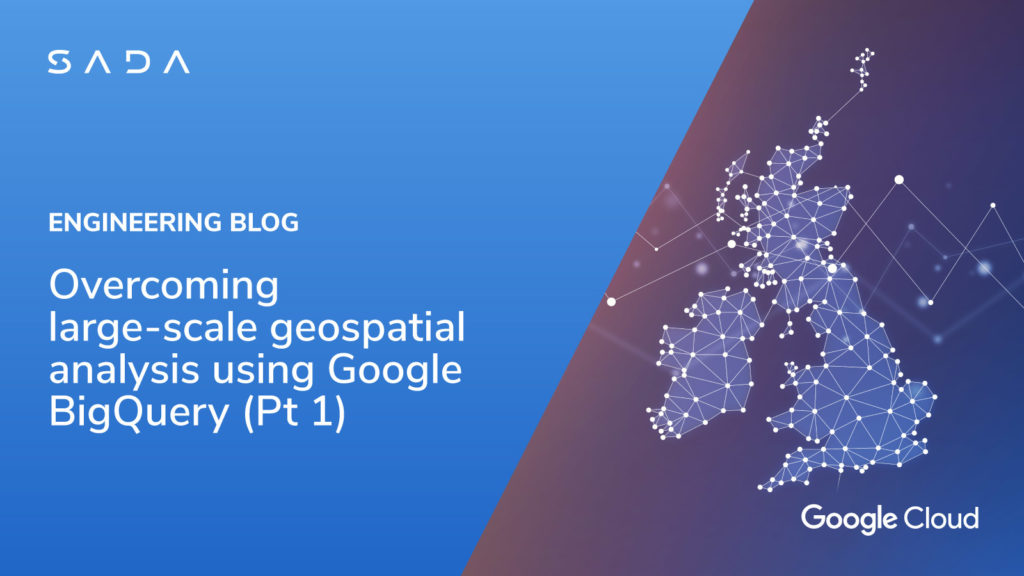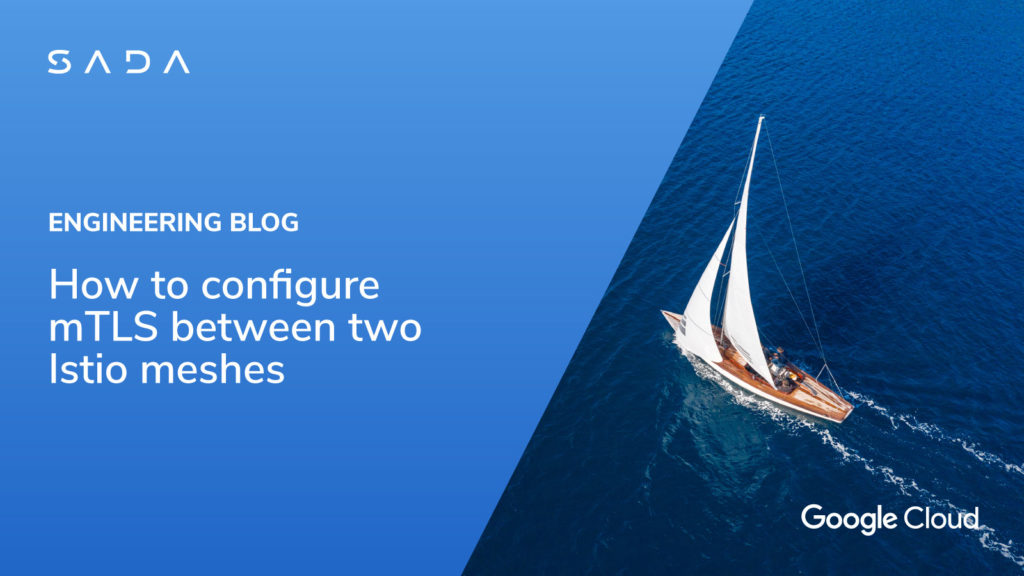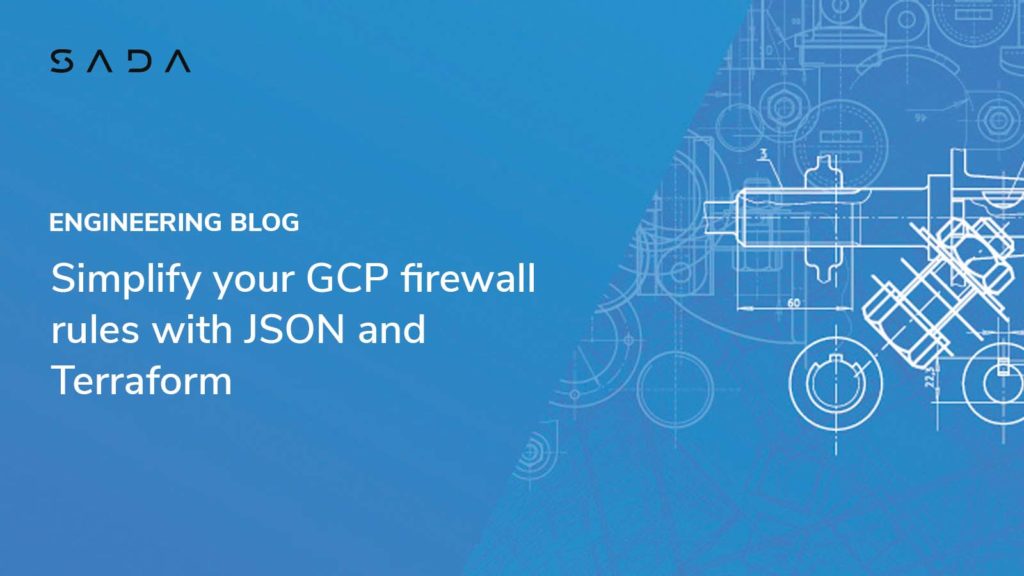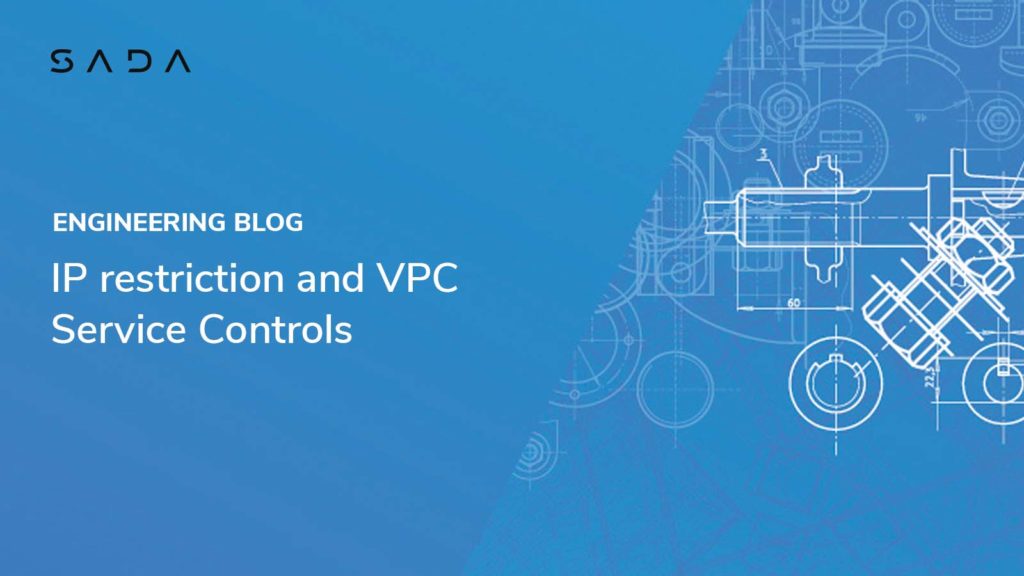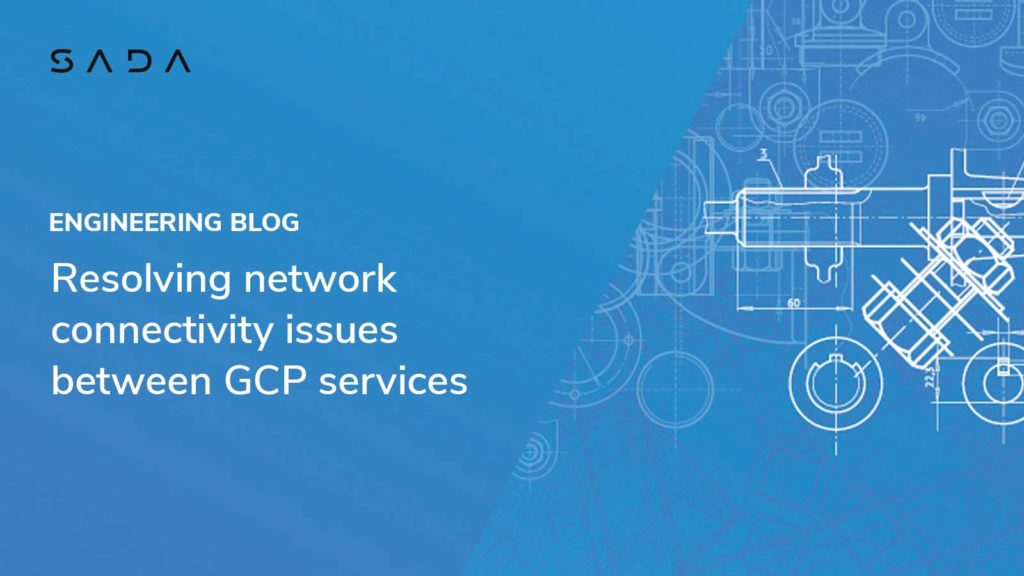Overcoming large-scale geospatial analysis using Google BigQuery
The drive for location analytics has increased the need for geospatial analytics at scale. Things such as connected devices, tracking digital twins, and sustainability initiatives have significantly increased the volume and velocity of captured geolocation data, stressing the geospatial processing systems and the related storage subsystems. There are many ways to analyze large geospatial data […]
Overcoming large-scale geospatial analysis using Google BigQuery Read More »


